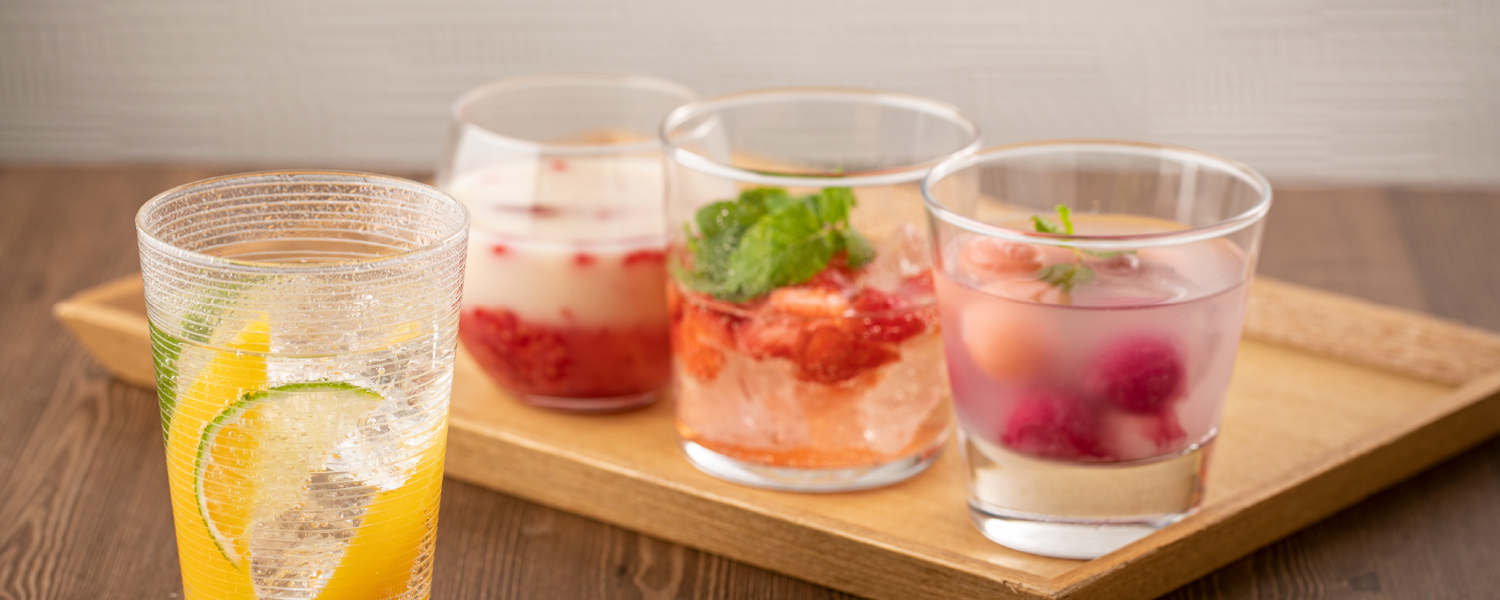Japan Sake and Shochu Makers Association | JSS


Shochu is an authentic Japanese spirit made from a variety of base ingredients that include sweet potatoes, barley, and rice. It is distilled in a pot still and has an alcohol content of 20-35% (maximum 45%).
Shochu is made from base ingredients that include sweet potatoes, barley, rice, brown sugar, and koji. To learn more, read the ‘How is Shochu Made?’ guide.
There are honkaku shochu and ko-rui shochu. Honkaku shochu (including awamori) is distilled in a pot still and holds a distinct flavor of the base ingredient. On the other hand, ko-rui shochu is distilled in a column still and retains little flavor or aroma of the ingredient. ‘Shochu’ on this website refers to honkaku shochu only.
Most shochu sold in Japan has an alcohol content of 25%. However, it generally ranges from 20% to 35%, with maximum 45%.
In general, shochu has a distinct flavor of the base ingredient, such as sweet potato, However, shochu can have a wide spectrum of flavors depending on the ingredient and how it is made. To learn more, read the ‘What Does Shochu Taste Like?’ guide.
The history of shochu dates back to the 15th century when the distillation technique was first introduced to Japan. The first written record of the word ‘shochu’ was in 1559. To learn more, read ‘The History of Shochu’ guide.
Shochu bottles are legally required to list 7 items that include the product name, producer information, quantity, ingredients, alcohol content, liquor category (honkaku shochu or awamori), and precautions. Also, bottles may label additional information such as a GI/regional trademark, special ingredients or methods, and/or organic certification when applicable. To learn more, read the ‘How to Read Shochu Bottle Labels’ guide.
The mellow flavor of shochu makes it a great accompaniment to a wide variety of dishes. In Japan, the alcohol content is adjusted to 10-15% by mixing shochu with water, etc. to pair it better with food. To learn more, read the ‘Shochu Food Pairings’ guide.
Shochu does not require much attention or care when storing. Just make sure to store it away from sunlight and other types of direct light. Also, avoid storing in places that fluctuate in temperature. Also, Shochu does not have an expiry date. However, the flavor may change over time, so it is recommended to finish a bottle within a year after opening. To learn more, read the ‘How to Store and Preserve Shochu’ guide.
Unlike other types of spirits, most shochu are shipped within a year of distillation. However, some products are aged over 3 years in stainless steel tanks, earthenware pots, bottles, and sometimes in wooden caskets. Aged awamori is well known and highly valued, and is called ‘kusu’.
Although shochu has no expiry date, the flavor may change over time. Once the bottle is opened, it is best to finish it within a year. To learn more, read the ‘How to Store and Preserve Shochu’ guide.
Yes. The distinct flavor of shochu makes it a unique base in cocktails. To learn more, read the ‘How to Serve Shochu’ guide.
There are 852 licensed distilleries in Japan as of March 2020
In 2019, 410,839kl of shochu was produced. *The calculated volume is adjusted for 25% abv shochu.
(Source: https://www.nta.go.jp/taxes/sake/shiori-gaikyo/shiori/2020/pdf/023.pdf)
Shochu is exported all over the world, but mainly to Asian and North American countries. In 2021, 2,784kl of shochu was exported, amounting to 1.746 billion yens of total export value.
Some distilleries accept visitors. However, it is recommended to check and reserve in advance. Search for distilleries on ‘Sakagura Search’.
Koji refers to koji mold cultivated on grains such as rice and barley, and sometimes on sweet potatoes and buckwheat. In shochu making, it provides enzymes to break down starch to sugar in the base ingredient. Also, it produces aromatic compounds, and citric acid that protects the mash from spoilage. In shochu, white and black koji are mainly used. To learn more, read the ‘Koji in Shochu Production’ guide.
There are a variety of traditional cups and vessels in each shochu producing region. Today, shochu is mostly widely served in glasses or ceramic cups. To learn more, read the ‘Shochu Cups and Vessels’ guide.
Awamori is a type of shochu that is made from indica rice and black koji. Awamori originated in Okinawa, which is still its main production region today. Awamori has a rich history and culture, including its highly valued aged liquor called ‘kusu’. To learn more, read the ‘Ryukyu Awamori’ guide.
Shochu is made across Japan. However, the main production areas are in Kyushu and Okinawa in the south. Over 90% of shochu is produced in this area. To learn more, read the ‘Shochu Regionality’ guide.
Popular ways to drink shochu in Japan include straight, on the rocks, mixed with cold or hot water, mixed with carbonated water or tea. In addition, it can be used as a cocktail base. To learn more, read the ‘How to Serve Shochu’ guide.